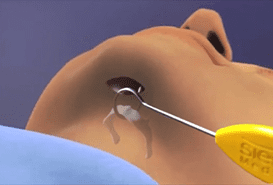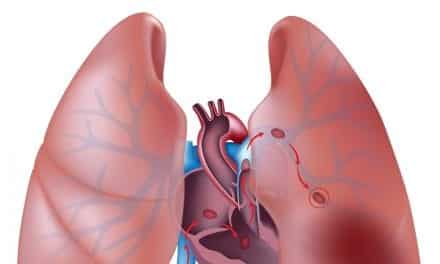Researchers in Australia have successfully repurposed two existing medications to reduce the severity of sleep apnea in people by at least 30%.
Danny Eckert, PhD, principal research scientist at NeuRA and professor and director of Adelaide Institute for Sleep Health at Flinders University, has brought scientists one step closer by repurposing two existing medications to test their efficacy in people in sleep apnea.
Previous research showed two classes of medication, reboxetine and butylbromide, were able to keep muscles active during sleep in people without sleep apnea, and assist their ability to breathe.
By repurposing the medications, researchers used a multitude of recording instruments to measure whether reboxetine and butylbromide could successfully target the main causes of sleep apnea.
This included balancing the electrical activity of muscles around the airway, preventing the throat from collapsing while people were sleeping, and improving the regulation of carbon dioxide and breathing during sleep.
Results from the study showed these medications did in fact increase the muscle activity around participants’ airways, with the drugs reducing the severity of participants’ sleep apnea by up to one-third.
[RELATED: First Patient Dosed in Sleep Apnea Pill Second Phase 2 Clinical Trial]
“Almost everyone we studied had some improvement in sleep apnea,” Eckert says in a release. “People’s oxygen intake improved, their number of breathing stoppages was a third or more less. We were thrilled because the current treatment options for people with sleep apnea are limited and can be a painful journey for many.”
These new findings, published in the Journal of Physiology, allow researchers to further refine these types of medications so that they have even greater benefit than what has currently been found.
“Next, we will look at the effects of these and similar medications over the longer term. We will assess whether we can harness the benefits of one drug without needing to use them both. Equally, we will test whether these treatments can be combined with other existing medications to see if we can improve their efficacy even more,” says Eckert.
Photo credit: The Hospital Research Foundation, South Australia





